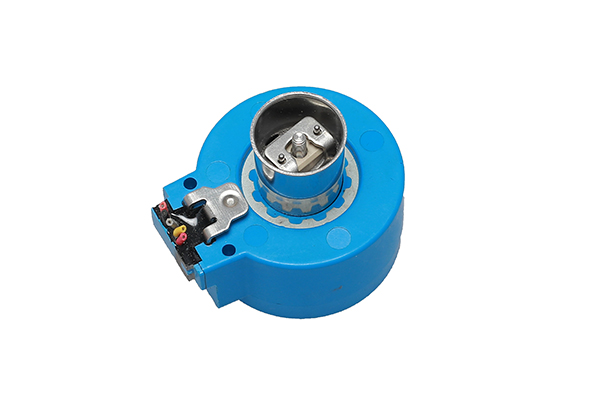Stepper motors are high-precision machinery utilized in many different applications where exact control over motion is needed. Nonetheless, it’s critical to comprehend the various control strategies in order to maximize the performance of a stepper motor. The complexity, expense, and efficacy of each approach vary based on the needs of the application.

Types of Stepper Motors
Understanding the main kinds of stepper motors is necessary before delving into the control techniques, as the control strategies differ based on the kind of motor:
- Permanent Magnet (PM) Stepper Motor: Utilizes permanent magnets in the rotor, which are driven by electromagnetic fields in the stator.
- Variable Reluctance (VR) Stepper Motor: Depends on the idea of variable reluctance, in which the rotor follows the route with the least amount of reluctance.
- Hybrid Stepper Motor: Combines features of both PM and VR stepper motors, offering higher precision and better torque performance.
- Linear Stepper Motor: Converts rotary motion into linear displacement, which is often used in linear motion applications.
Common Control Methods for Stepper Motors
Several control methods are used to regulate the movement of stepper motors. The selection of the control method depends on factors such as precision, speed, torque, power consumption, and application complexity.
Wave Drive (One-Phase-On Drive)
Wave drive is one of the simplest control methods for stepper motors. It involves energizing only one stator winding at a time, causing the rotor to align with the active winding. This method is cost-effective, requires less power, and reduces motor heating. However, it also produces less torque compared to other methods, as fewer windings are active at any given time.
Pros | Cons |
|
|
Full Step Drive (Two-Phase-On Drive)
Full-step drive improves on the wave drive method by energizing two stator windings simultaneously. This results in a higher torque output compared to wave drive since the motor benefits from the combined magnetic fields of two windings. The motor moves in full steps, which means its resolution is lower compared to microstepping, but it’s suitable for many general applications that do not require ultra-fine positioning.
Pros | Cons |
|
|
Half Step Drive
One and two windings are alternately powered using the half-step driving technique. This provides a compromise between the torque of full-step driving and the resolution of microstepping. The motor moves in half-steps, effectively doubling the resolution compared to full-step drive. This control method strikes a balance between smoothness of motion and torque output.
Pros | Cons |
|
|
Microstepping
Microstepping is the most advanced and widely used control method for stepper motors, especially in applications requiring high precision and smooth operation. In microstepping, both windings are energized, but the current through each winding is varied sinusoidally, allowing the motor to move in smaller increments (microsteps). Microstepping can increase the motor’s resolution by hundreds or even thousands of times compared to full-step operation.
Microstepping provides the smoothest motion and minimizes resonance, which is common in stepper motors. However, the actual torque at each microstep decreases, making it less suitable for high-torque applications unless the motor is oversized.
Pros | Cons |
|
|
Closed-Loop Control (Servo Control)
Stepper motors with closed-loop control use feedback from an external sensor—usually an encoder—to track the motor’s real location and modify the input to fix any inaccuracies. This method converts the open-loop nature of stepper motors into a closed-loop system, effectively transforming the stepper motor into a type of servo motor.
Closed-loop control improves accuracy, reduces step losses, and allows for better torque management. It’s particularly useful in applications where the motor is subject to varying loads, and maintaining precise positioning is critical. Although closed-loop control improves performance, the additional sensors and feedback mechanisms required result in increased system complexity and expense.
Pros | Cons |
|
|
Pulse Control Techniques for Stepper Motors
Stepper motors are typically driven by pulses, with the number of pulses determining the motor’s movement and speed. Below are the key pulse control techniques used to control stepper motors:
Pulse Width Modulation (PWM)
The stepper motor is driven by pulses whose width is modulated using PWM control. It is used to control the voltage and current supplied to the motor windings, which helps manage torque and speed. PWM is often used in microstepping to deliver smooth motion and fine control of the stepper motor.
Pulse-Direction Control
In pulse-direction control, one input specifies the number of pulses to be delivered to the stepper motor, which controls how many steps the motor takes, while another input determines the direction of rotation (clockwise or counterclockwise). This method is widely used in CNC machines and robotic systems for precise position control.
Conclusion
The stepper motor is a versatile device with a variety of control methods suitable for a variety of applications. By carefully selecting the appropriate control method, the performance of the stepper motor can be optimized. The stepper motor manufacturer can produce precisely to meet your specific needs.
